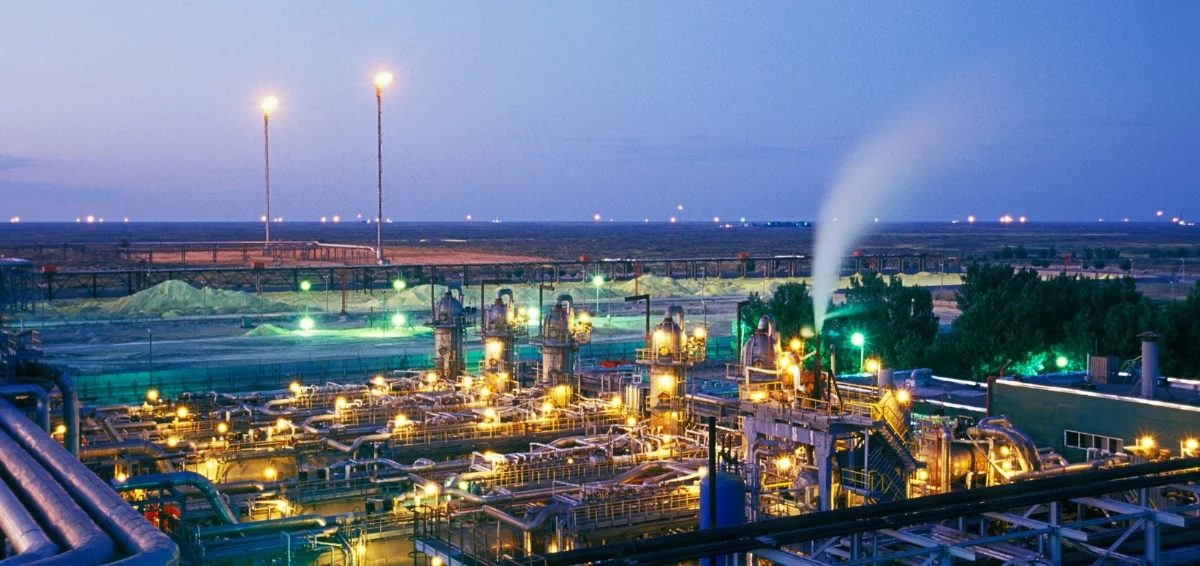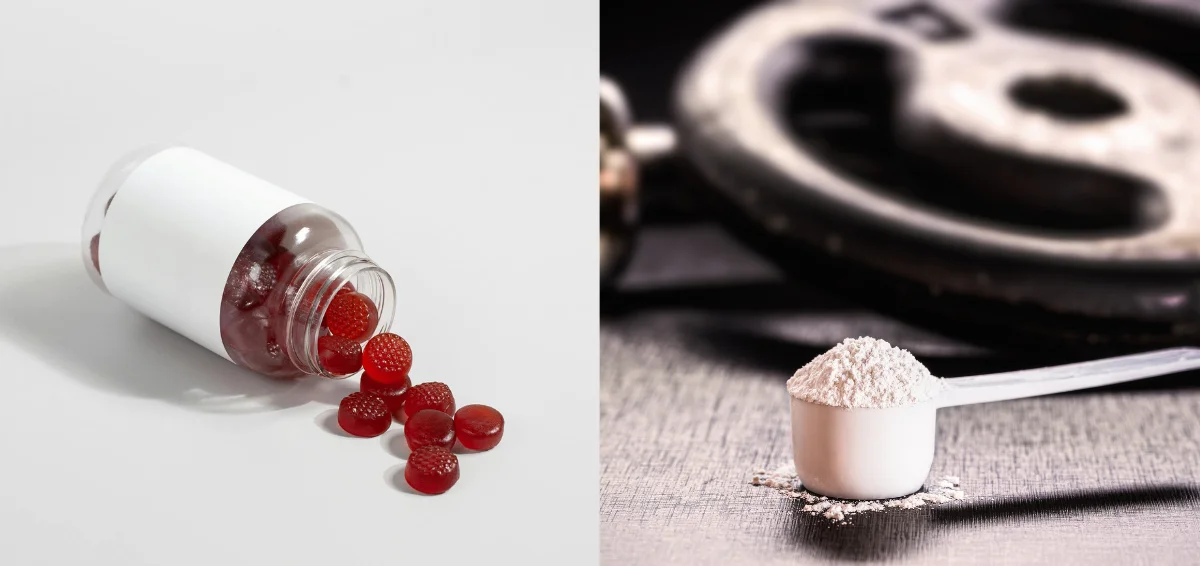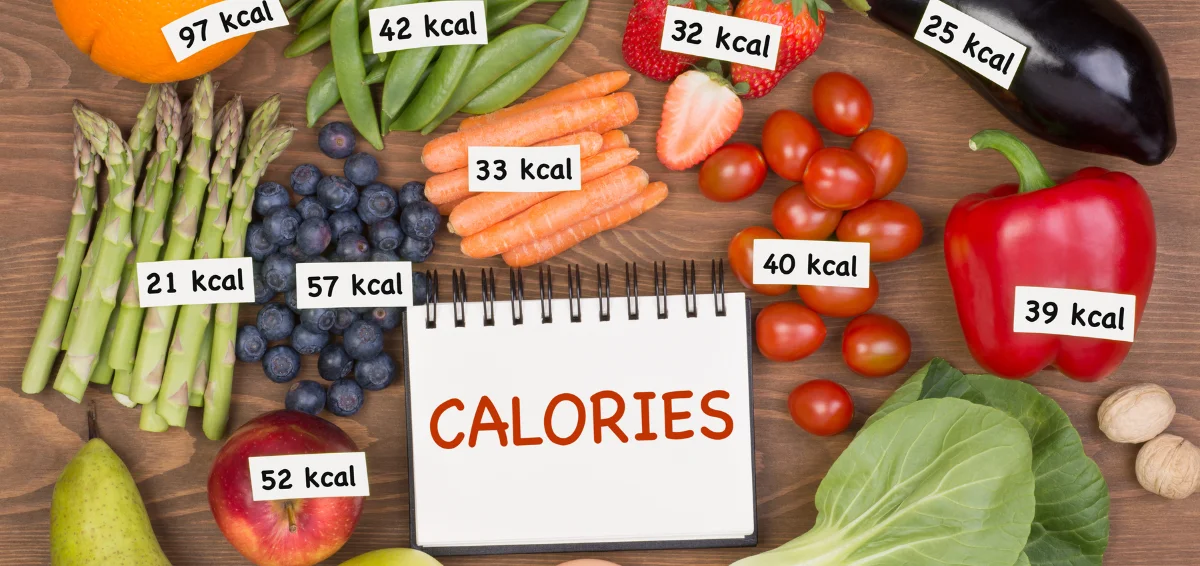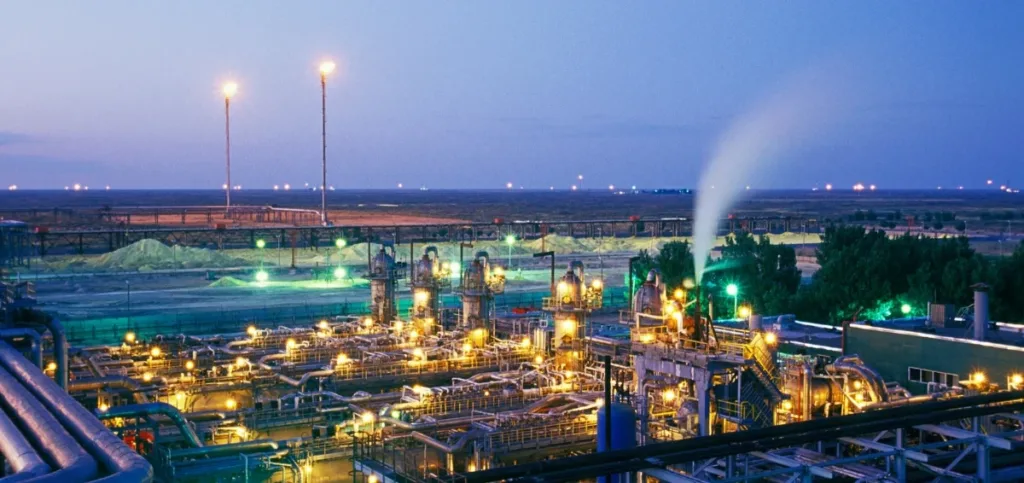
The extraction and use of natural gas play a crucial role in the world of energy resources. You might be familiar with gases like methane. But beyond that, there are many other gases with unique characteristics. One of them is drip gas or natural gas condensate. It has a critical role in many industrial processes. This blog will provide you with a comprehensive understanding of what is drip gas, its composition, characteristics, and historical and practical uses.
Table of contents
What is Drip Gas?
To understand what is drip gas, you must first know about natural gas. Ethane, propane, methane, and other components make up natural gas. When companies extract it from the ground, some gases drip out. These gases turn into liquid, which people refer to as drip gas.
Drip gas consists of gases like propane and butane. It is a crucial energy resource with various applications. It forms when the temperature drops below the hydrocarbon dew point of natural gas. The type and composition of the natural gas from which it forms determine its composition.
Also Read: What is a DIA (Dedicated Internet Access)?
What is Drip Gas Made of?
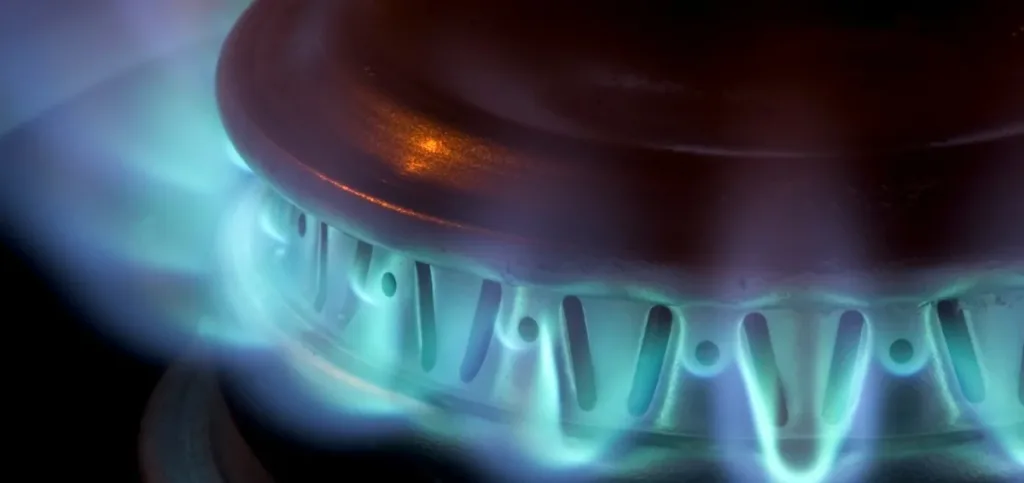
Drip gas is made of natural gas liquids like propane, butane, isobutene, pentane, and ethane. Other parts of the drip gas include:
- Straight-chain alkanes, or paraffins, are acyclic saturated hydrocarbons.
- Hydrogen sulfide or a colorless and corrosive chalcogen-hydride gas.
- Thiols or sulphur.
- Carbon dioxide
- Cyclohexane, or the colorless, flammable liquid
Major Characteristics of Drip Gas
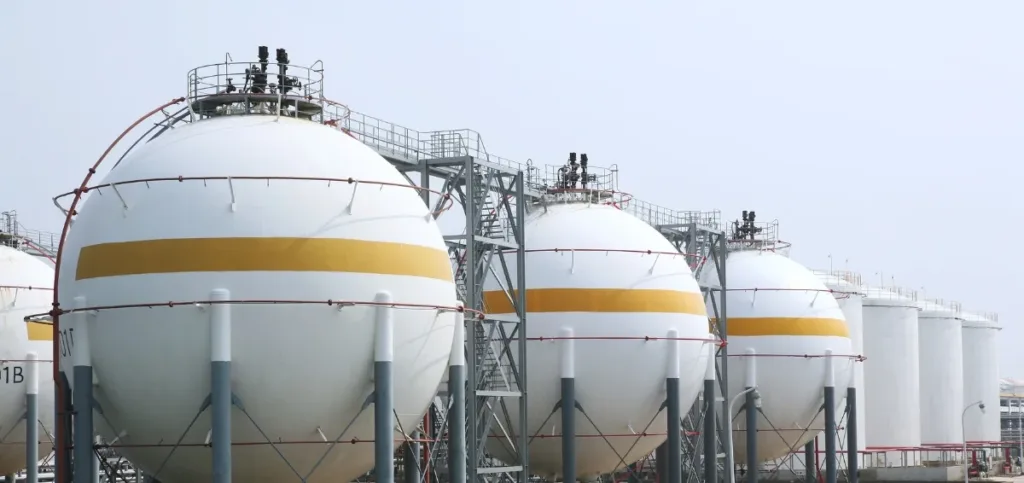
It has unique characteristics that differentiate it from other hydrocarbon products.
1. Appearance – Drip gas is a transparent or slightly tinted liquid.
2. Density – It is less dense than water. So it floats on the water’s surface.
3. Flammability – It is highly flammable. Explosive air mixtures can be formed even at room temperature.
4. Rate of evaporation – It evaporates pretty quickly from a majority of surfaces.
5. Storage – Since drip gas is highly flammable, people need to keep it in a cool, dry, and tightly closed container. They always keep it away from open flames, sparks, and heat.
How is Drip Gas Obtained?
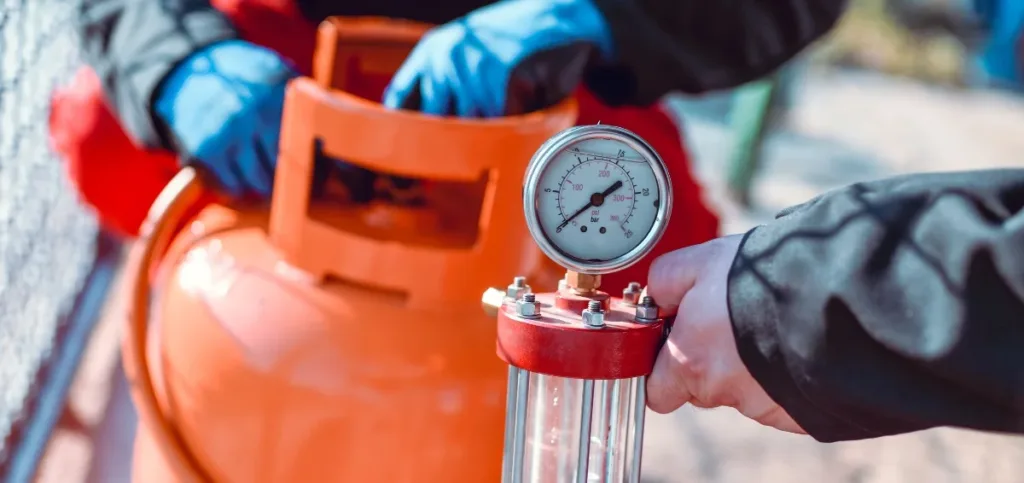
Drip gas or natural gas condensate is obtained when it condenses out of raw natural gas. This happens when the temperature is minimized below the hydrocarbon dew point temperature of the raw natural gas.
- To separate the condensate from a natural gas feedstock from a gas well, the steam is cooled.
- This, in turn, lowers the gas temperature and brings it below the hydrocarbon dew point at the feedstock pressure. It condenses a large part of the gas condensate hydrocarbons.
- After that, the feedstock gas mix, water, and liquid condensate are routed to a separator vessel.
- This vessel has high pressure. On it, the water and raw natural gas are separated.
- The raw natural gas then moves to the main gas compressor.
- The gas condensate now goes via a throttling control valve. It lands in a low-pressure separator.
- The reduced pressure across the valve causes this condensate to experience subtle vaporization.
- Afterward, the raw natural gas is sent to a booster compressor. It raises the pressure of the gas and sends it through a cooler onto the main gas compressor.
- This compressor increases the pressure of the gases from both the high and low-pressure separators. It makes the pressure correspond to what is needed for the pipeline transportation of the gas to the raw natural gas processing plant.
- When the gas reaches this plant, it is dehydrated. Also, impurities are removed from it.
Historical Uses of Drip Gas
Drip gas was used throughout the first half of the twentieth century in America. Here are the different ways in which it was utilized.
- It was used in early internal combustion engines. Their octane rating between 30 to 50 made them suitable for such engines.
- The gas was also used as a replacement for commercial gasoline.
- It was used as a fuel for farm tractors.
Also Read: Best Apps to Earn Gift Cards
Modern Applications of Drip Gas

Today, it continues to play a crucial role in various sectors. Here are some of its key use cases.
1. Energy Production: It serves as a versatile energy source. It is utilized for heating, electricity generation, and industrial processes.
2. Chemical Feedstock: Drip majorly comprises ethane and propane. Both these gases play crucial roles as feedstocks in the petrochemical industry. They contribute to the production of plastics, chemicals, and various synthetic materials.
3. Gasoline Blending: Natural gasoline derived from drip gas enhances conventional gasoline by improving octane ratings. It also enhances the overall fuel properties in the gasoline refining process.
4. Fuel for Vehicles: It has also served as a vehicle fuel. It is used in this way in areas where traditional gasoline may be less readily available.
5. Industrial Uses: It contributes to various processes in metal processing, glass manufacturing, and paper production. It points to its versatility across various manufacturing sectors.
6. Diluent in oil sands Production: It also finds its application in bitumen extraction from oil sands. Bitumen is a viscous form of crude oil. It can only be transported through pipelines after being diluted. It has low viscosity and high volatility. So, it functions as a diluent to lower the viscosity of bitumen, thereby facilitating easier transportation.
The Role of Drip Gas in Tomorrow’s Energy Landscape

The energy demand continues to grow. Consequently, the significance of drip gas continues to increase. With their versatile applications and technological advances in their extraction and processing, their future looks promising. Modern drilling techniques like hydraulic fracturing have helped us find large natural gas condensate reserves. It, in turn, has increased their production and accessibility. It is a viable alternative for reducing greenhouse gas emissions. This makes it a promising option for sustainable energy production. In light of all this, it can be said that drip gas will be invaluable for liquid resources.

